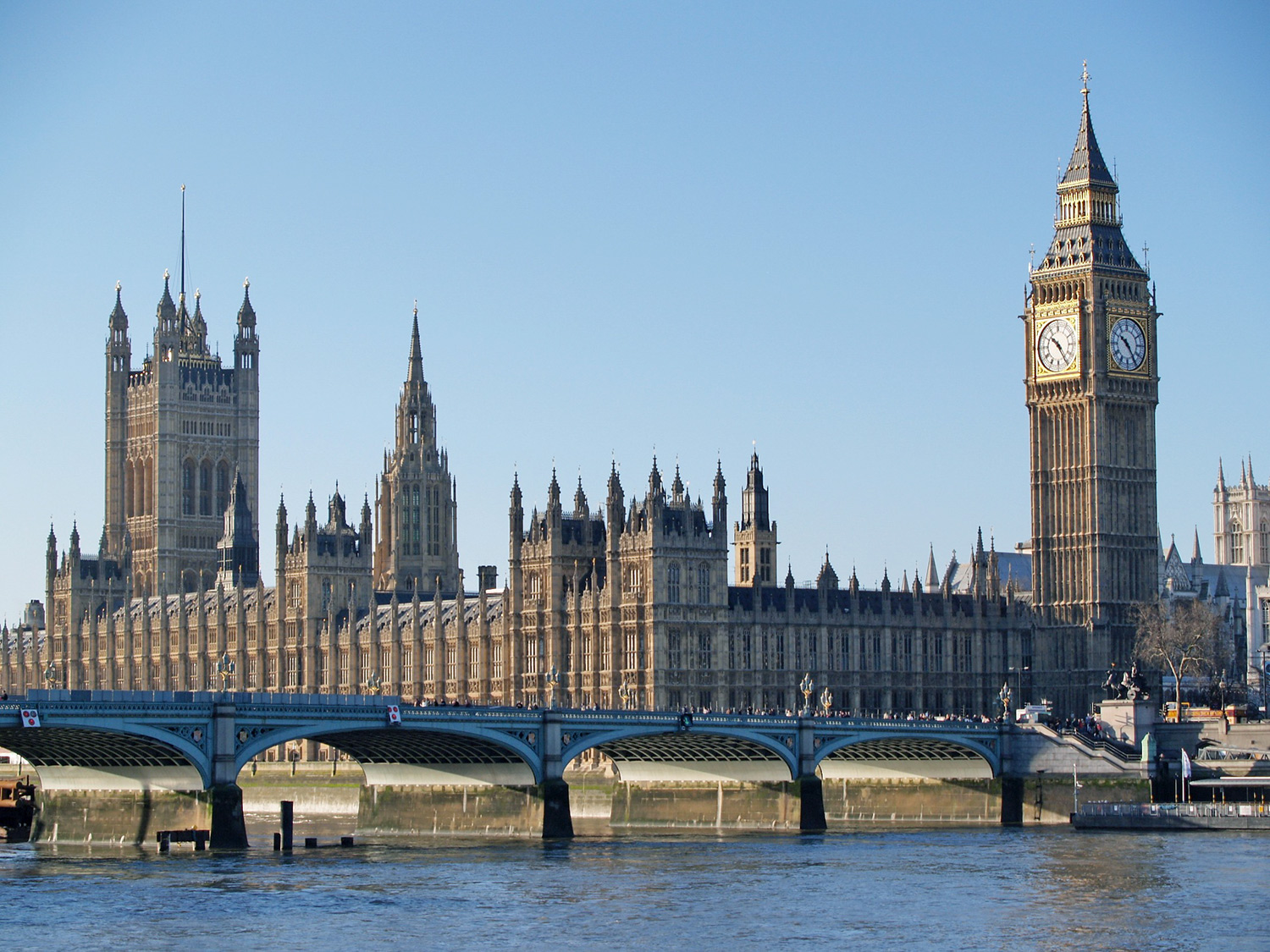

London will move into England’s highest tier of COVID-19 restrictions, the government said on Monday, citing increased infection rates that may be partly linked to a new variant of the coronavirus.
Health Secretary Matt Hancock said more than 1,000 cases of the new variant had been identified, mainly in southeastern England.
Although there was currently nothing to suggest the new strain was likely to cause more serious disease or that it would not respond to a vaccine, Hancock said that it could be contributing to higher infection rates.
“Over the last week, we’ve seen very sharp, exponential rises in the virus across London, Kent, parts of Essex and Hertfordshire,” Hancock told the House of Commons in a statement, referring to counties near London.
“We do not know the extent to which this is because of the new variant, but no matter its cause, we have to take swift and decisive action,” he said, announcing that the entire capital and some neighboring areas would go into “High Alert” level.
Earlier this month, the government implemented a three-tiered system of restrictions in England to try to keep a second wave of the virus under control after a month-long national lockdown. More than 40% of citizens were placed in the highest risk category.
However, London, whose 9 million people and world-leading financial center make it the engine of the British economy, was initially left in the middle tier of restrictions.
The main difference between the top alert levels is that bars and restaurants, which can stay open under certain conditions in Tier 2, must close their doors in Tier 3 and can only operate takeaway services.
There are also additional curbs on socialising in Tier 3, but workplaces and schools are told to remain open.
Three local councils in the capital - Greenwich, Islington and Waltham Forest - unilaterally instructed schools in their boroughs to close, but were overruled by the national government which ordered that schools should remain open.
The tussle between local and central authorities reflected the tensions and complexities involved in attempting to bring the virus under control whilst protecting certain aspects of life deemed vitally important, such as children’s education.
Schools were closed to most pupils for several months during the first wave of the pandemic, when there was a strict national lockdown. Since they reopened in September, the government has emphasized it wanted children in school as much as possible.
For other parts of London’s social fabric, especially pubs, restaurants and cafes that have been hard-hit since the start of the pandemic, the move into Tier 3 was expected to cause further hardship.
“Moving into Tier 3 before Christmas will be deeply disappointing for Londoners, and a terrible blow to the capital’s hospitality, leisure and cultural sectors,” said John Dickie, director of Strategy and Policy at business campaign group London First.
Oman Observer is now on the WhatsApp channel. Click here



